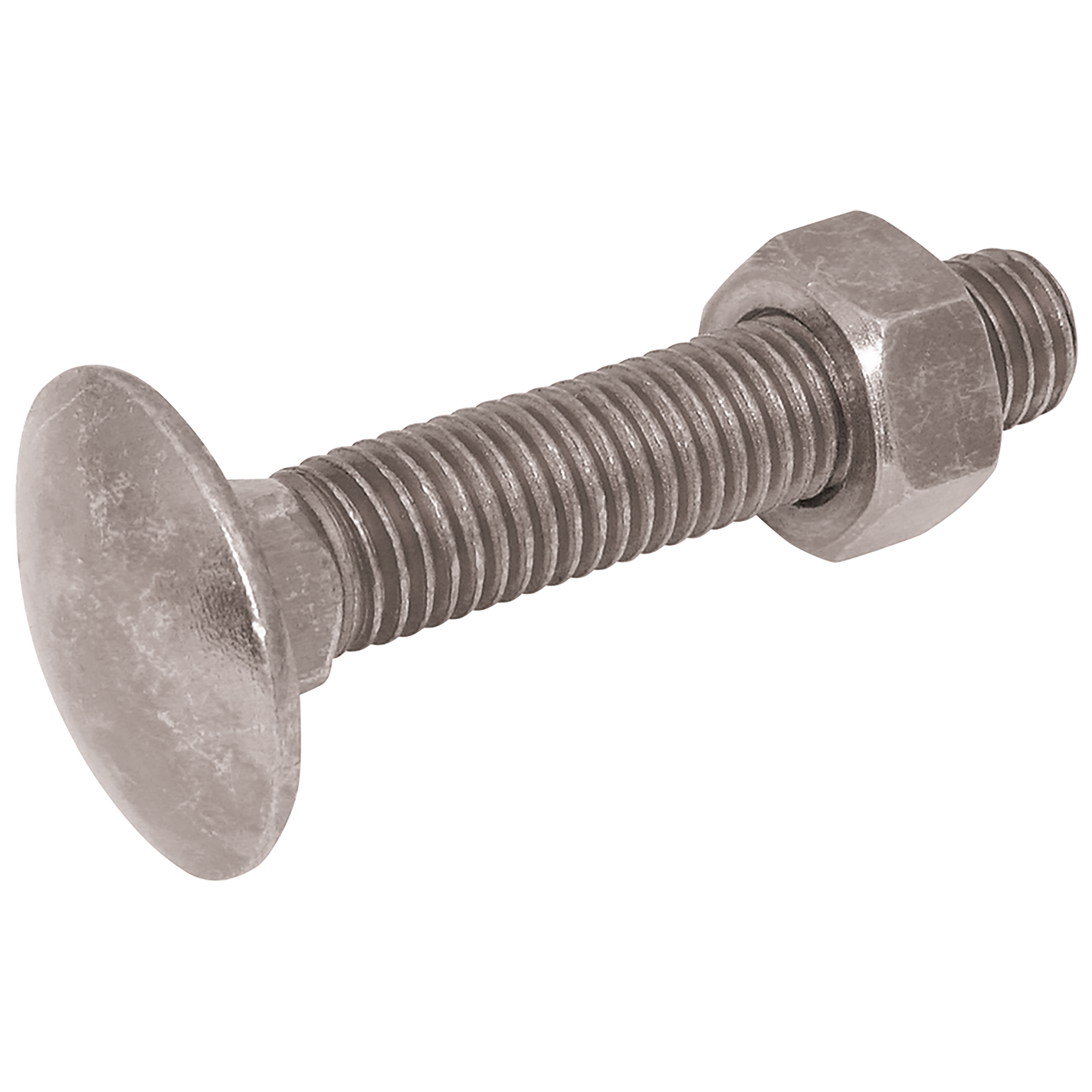The Craft of Fastening: The Beginner’s Guide to Nuts and Screws
When embarking on any construction or DIY project, grasping the basics of nuts and bolts is vital. These essential fasteners may seem simple, but they are the backbone of many structures and repairs, from putting together furniture to heavy-duty construction. As you explore the realm of fastening, this guide will provide you with the information necessary to select the right nuts and bolts for your specific applications, ensuring the integrity and durability of your work.

In this comprehensive guide, we will examine the different kinds of nuts and bolts, shedding light on their different uses and functions. Whether you're a novice just starting or a seasoned DIY enthusiast looking to sharpen your skills, understanding the differences between machine bolts, structural bolts, and specialized fasteners will empower you in your projects. From deciphering bolt grades to choosing the ideal material for your requirements, we’re here to help you master the art of fastening. Come along as we unravel the intricacies of nuts and bolts, transforming you into a competent fastener specialist.
Comprehending Nuts & Nuts
Nuts and bolts are vital fasteners that play a important role in a wide range of applications, from routine household tasks to heavy-duty construction projects. Together, they form a secure fastening system that holds objects together, providing strength and integrity. Grasping the fundamental components is crucial for anyone seeking to fix things or participate in DIY projects. Bolts typically have a grooved shaft and a head, enabling them to be secured with a nut, while nuts are equipped with internal threads that fit onto the bolt, facilitating a secure connection.
There are different sorts of nuts and bolts, each designed for specific uses. Popular bolts include multi-faceted bolts, transport bolts, and large screws, each serving different tasks depending on the substances and the conditions involved. Nuts also come in multiple types, such as standard nuts, anti-loosening nuts, and disk nuts, each providing unique advantages for securing the connection. Being aware of when and where to use these types can greatly impact the sturdiness and endurance of your assembly.
Selecting the right nut and bolt combination involves accounting for several criteria, including the substances being connected, the environment they will be exposed to, and the expected load they must support. Various coatings and materials, such as rustproof metal or zinc-plated options, can influence corrosion resistance and overall performance. Grasping these fundamentals will empower individuals to choose the appropriate fasteners for their specific needs, ensuring reliable and lasting connections in any project.
Types and Uses
Nuts and nuts come in a wide range of types, each designed for specific applications. Nuts are usually classified by their shape and intended use. Common types include hexagonal bolts, which are flexible and perfect for general fastening; carriage bolts, often used in wood applications due to their rounded heads; and lag bolts, designed for high-strength projects involving wood. Understanding these types helps in choosing the right fastener for your job, ensuring stability and longevity.
Bolts also differ significantly, providing different functions based on their design. Standard hex nuts are frequent in many applications, while lock nuts, which have a design feature to prevent loosening, are ideal for dynamic environments where shaking may occur. Flanged nuts are beneficial when a larger surface area is required to distribute the load, making them suitable for soft materials. Identifying the precise needs of your application is essential for best performance.
When engaging on projects encompassing various materials, the right combination of nuts and bolts enhances the integrity of your assembly. For instance, in automotive repairs, specific nuts and bolts are critical for safety and functionality, while construction projects often require strong fasteners. Selecting the appropriate fastener type, dimension, and material is vital, especially in mixed settings where metal and wood can be combined, ensuring your work is dependable and durable.
Materials and Finishes
When selecting fasteners for your projects, the materials used in their fabrication play a crucial role in determining their durability, robustness, and suitability for particular applications. Iron is the most common substance for bolts due to its high sturdiness and affordability. It comes in multiple grades, each offering different tensile strengths and resistance to shear forces. For situations exposing nuts and bolts to moisture or deteriorating environments, corrosion-resistant steel bolts are ideal as they withstand oxidation and deterioration, making them perfect for exterior and oceanic environments.
Brass and titanium are also commonly used options. Bronze nuts and bolts are utilized primarily in electrical applications due to their excellent conductivity and non-corrosive nature. Aluminum, while costlier, is favored for its low-weight properties and strong loading capabilities, making it a preferred choice in aviation and advanced vehicle uses. Each substance comes with its own set of benefits, and comprehending these factors can help you make an informed choice based on the requirements of your task.
Finishes are equally important as they enhance the performance and longevity of the fasteners. Zinc plating is commonly used to provide a rust-proof layer, while galvanized coatings offer even superior protection for outdoor applications. Other finishes, such as dark oxide or powdered finish, may enhance appearance while providing some level of corrosion resistance. Choosing the right coating is essential to ensure that the fasteners you select will withstand the environment they will face throughout their lifetime.